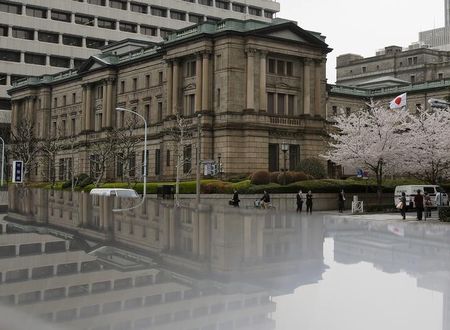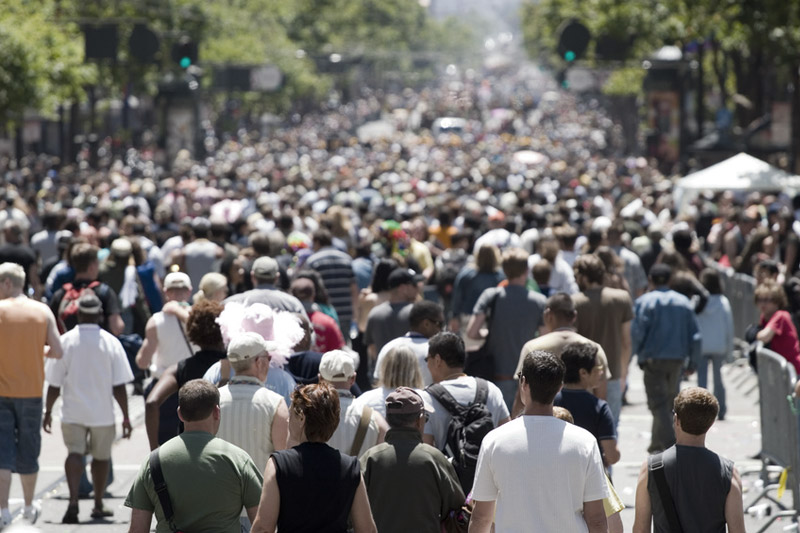By Leika Kihara
KANAZAWA/TOKYO Japan (Reuters) - The Bank of Japan drove a short-term interest rate below zero this week, a dramatic step in its already unprecedented effort to stoke inflation and a likely sign it will continue its aggressive asset purchases.
The BOJ bought three-month bills for more than their redemption value on Tuesday, traders said, essentially paying to lend money to the market.
The central bank's first purchase at a yield less than zero underscores its determination to pay literally any price to help reflate the long-moribund economy.
BOJ officials wouldn't confirm the negative-yield purchases, which were part of a market operation that bought 500 billion yen (2.9 billion pounds) of short-term bills, on the grounds they cannot disclose individual transactions. But the bank was clearly untroubled by the idea of crossing this line.
"Basically, I don't see any problem" with buying at below-zero rates, BOJ Deputy Governor Kikuo Iwata said on Wednesday during a visit to Kanazawa in central Japan. "I don't think this will cause any disruptions in the BOJ's market operations."
Having paid such a high price, the BOJ will likely have to continue doing so as banks know it is determined to meet its target of asset purchases, potentially pushing negative yields out to longer-dated debt, market participants said.
The unconventional move, and the prospect of more to come, could revive criticism that the BOJ is "monetising" the national debt - essentially giving politicians carte blanche to spend the money the BOJ is printing under its easing programme.
Giving away money, as the BOJ will be doing if it holds the paper to maturity, could also be seen as subsidising Japanese banks. Lenders that buy debt from the government stand to make an easy profit if the government pays above par for the paper.
But going below zero does not signal that the BOJ will soon need to formally change policy, said officials familiar with the central bank's thinking.
Indeed, they said, negative yields are a consequence of its current massive asset purchases that are aimed at ending 15 years of deflation by doubling base money in the economy and pushing consumer-price inflation to 2 percent during the fiscal year from next April.
By contrast, the European Central Bank in recent months has explicitly targeted a negative rate for its overnight deposit rate below zero, which would charge banks for making deposits with the ECB.
Although the BOJ pioneered "quantitative easing" - targeting the amount of liquidity injections rather than an interest rate - in the early 2000s, negative yields represent new territory for a central bank that already buys the equivalent of 70 percent of all new government debt issued.
BOJ officials acknowledged from the start of Governor Haruhiko Kuroda's "quantitative and qualitative easing" (QQE) last year that at some stage they might have to take extreme steps to nudge financial institutions into selling their Japanese government bond holdings.
Analysts credit QQE for weakening the yen and boosting Japanese share prices, which brightened business sentiment and drove up corporate profits. The positive mood also boosted household spending before it was hit by the tax hike.
But the BOJ's money printing has yet to nudge Japanese banks into shifting their pile of cash into riskier assets or boosting lending to the real economy. Consumer inflation has exceeded 1 percent but many analysts doubt whether it will accelerate much from here, given the modest pace of economic recovery.
NO TURNING BACK
In targeting an amount of purchases, the BOJ has been ready to keep buying assets to meet the target, no matter the cost.
"The BOJ has to buy bills at market prices," said Tadashi Matsukawa, head of fixed-income investments in PineBridge Investments. "And if they are traded at a negative yield, the BOJ has no choice but to buy them at negative yields."
Early on in QQE, it was relatively easy for the BOJ to buy government debt from the market as the three "megabanks" had plenty of bonds in their portfolios, after years of weak loan demand led them to park their deposits in JGBs.
But as the major lenders have reduced their JGB holdings significantly, it has become increasingly difficult for the BOJ to coax them into parting with the debt.
The timing of the drop below zero may partly be seasonal.
"Japanese banks want to hold more government bills as safe assets ahead of their half-year book-closings in September," said Izuru Kato, chief economist at Totan Research Institute.
"After the book-closings, bill yields could rise back above zero," he said. "Still, the BOJ's holding of discount bills is constantly rising ...so yields will remain under pressure."
Central bank officials have been relatively optimistic that they can keep buying debt in huge amounts by offering prices too attractive for banks to resist.
In any event, there is no turning back.
If, as looks likely, more banks demand above-par prices for debt, it could make the BOJ's market operations tougher, exposing the limits of a stimulus programme that has already dried up the JGB market.

(Additional reporting by Hideyuki Sano; Editing by William Mallard & Kim Coghill)
